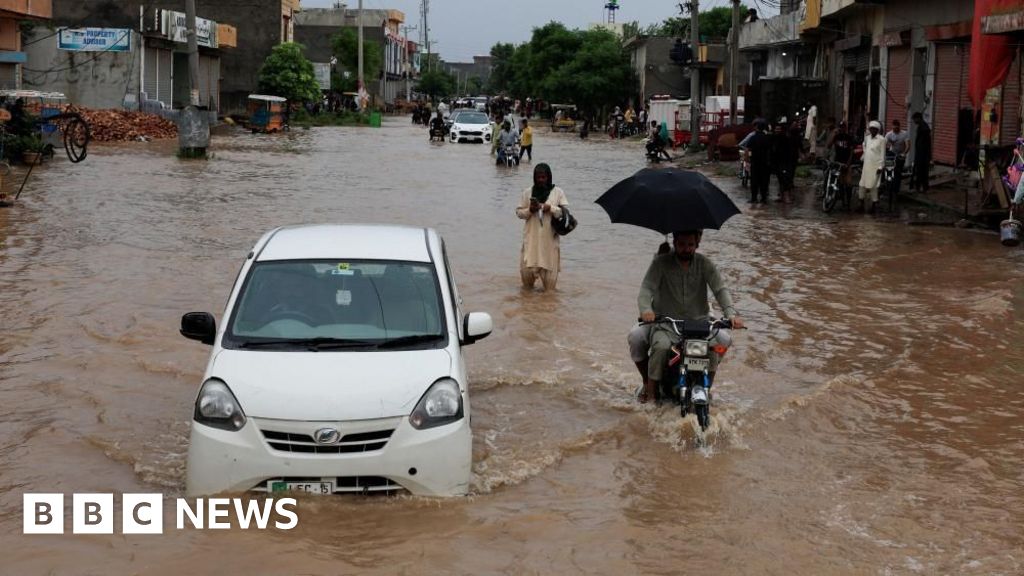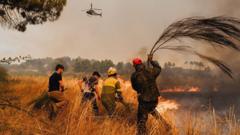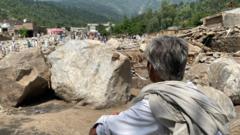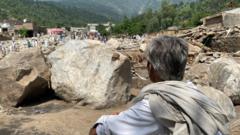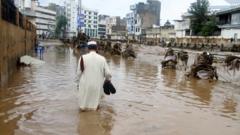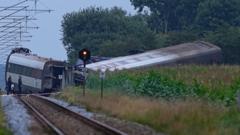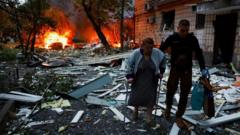The Jet Set nightclub in Santo Domingo, Dominican Republic, became the scene of one of the country's most tragic events when its roof abruptly collapsed on April 8, resulting in 232 fatalities and leaving nearly 200 people trapped beneath the rubble. Just before the disaster, concert-goers were warned as plaster and water started to leak from the ceiling, signaling a major structural failure. Within minutes, a heavy slab of concrete fell, leading to the catastrophic collapse of the roof.
Witnesses have pointed to a history of excessive noise complaints against the nightclub, raising concerns over how sound vibrations may have contributed to the failure of the building’s integrity. The establishment's roof housed heavy air-conditioning units and water tanks, which some experts suggest could have compounded the risk of structural failure. “God warned us, but the music and the party didn’t let people hear it,” recounted Nelson Pimentel, a witness who believed a lack of attention to warning signs led to the tragedy.
Moreover, structural safety in the Dominican Republic has come under scrutiny. Critics argue that the government’s failure to conduct regular inspections of aging infrastructure poses a significant risk. The Jet Set disaster echoes previous incidents, including the collapse of seven other buildings in recent years, highlighting a concerning pattern in construction oversight within the nation.
As officials continue to investigate the collapse, survivors and community members express grief over the loss and frustration over lapses in safety regulations. The incident serves as a grim reminder of the importance of preventive measures in ensuring public safety in venues frequented by large groups. The aftermath of the Jet Set disaster calls for urgent reforms to construction safety regulations and enforcement practices to prevent future tragedies.
Witnesses have pointed to a history of excessive noise complaints against the nightclub, raising concerns over how sound vibrations may have contributed to the failure of the building’s integrity. The establishment's roof housed heavy air-conditioning units and water tanks, which some experts suggest could have compounded the risk of structural failure. “God warned us, but the music and the party didn’t let people hear it,” recounted Nelson Pimentel, a witness who believed a lack of attention to warning signs led to the tragedy.
Moreover, structural safety in the Dominican Republic has come under scrutiny. Critics argue that the government’s failure to conduct regular inspections of aging infrastructure poses a significant risk. The Jet Set disaster echoes previous incidents, including the collapse of seven other buildings in recent years, highlighting a concerning pattern in construction oversight within the nation.
As officials continue to investigate the collapse, survivors and community members express grief over the loss and frustration over lapses in safety regulations. The incident serves as a grim reminder of the importance of preventive measures in ensuring public safety in venues frequented by large groups. The aftermath of the Jet Set disaster calls for urgent reforms to construction safety regulations and enforcement practices to prevent future tragedies.









